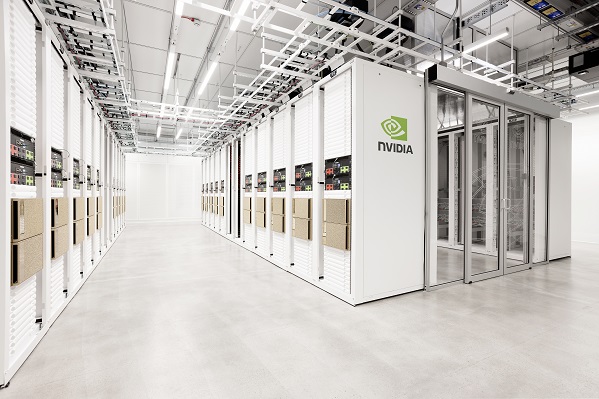
Cambridge-1
King’s College London is using the Nvidia-based Cambridge-1 supercomputer to build AI models to generate synthetic brain images by learning from tens of thousands of MRI brain scans taken of patients of various ages and with a variety of diseases. This work is intended to enable scientists to differentiate healthy brains from those that are diseased — giving them a more nuanced understanding of what diseases look like and possibly enabling earlier and more accurate diagnoses.
“Cambridge-1 enables accelerated generation of synthetic data that gives researchers at King’s College London the ability to understand how different factors affect the brain, anatomy and pathology,” said Jorge Cardoso, senior lecturer of artificial medical intelligence at King’s College London. “We can ask our model to generate an almost infinite amount of data, with prescribed ages and diseases; with this, we can start tackling problems such as how diseases affect the brain and when abnormalities might exist.”
The use of synthetic data has the additional benefit that it can ensure patient privacy since the images were AI generated. This also allows King’s to open the research to the broader U.K. healthcare community.
The AI model was developed by King’s and NVIDIA data scientists and engineers. It is one of several projects taking place on Cambridge-1. Other leading U.K. healthcare institutions planned digital biology projects include drug design and genome sequencing.
Cambridge-1 is the U.K.’s most powerful supercomputer, with 80 NVIDIA DGX A100 systems integrating NVIDIA A100 GPUs, BlueField-2 DPUs and NVIDIA HDR InfiniBand networking.
King’s College London intends to share its synthetic data model with the greater research and startup community.




